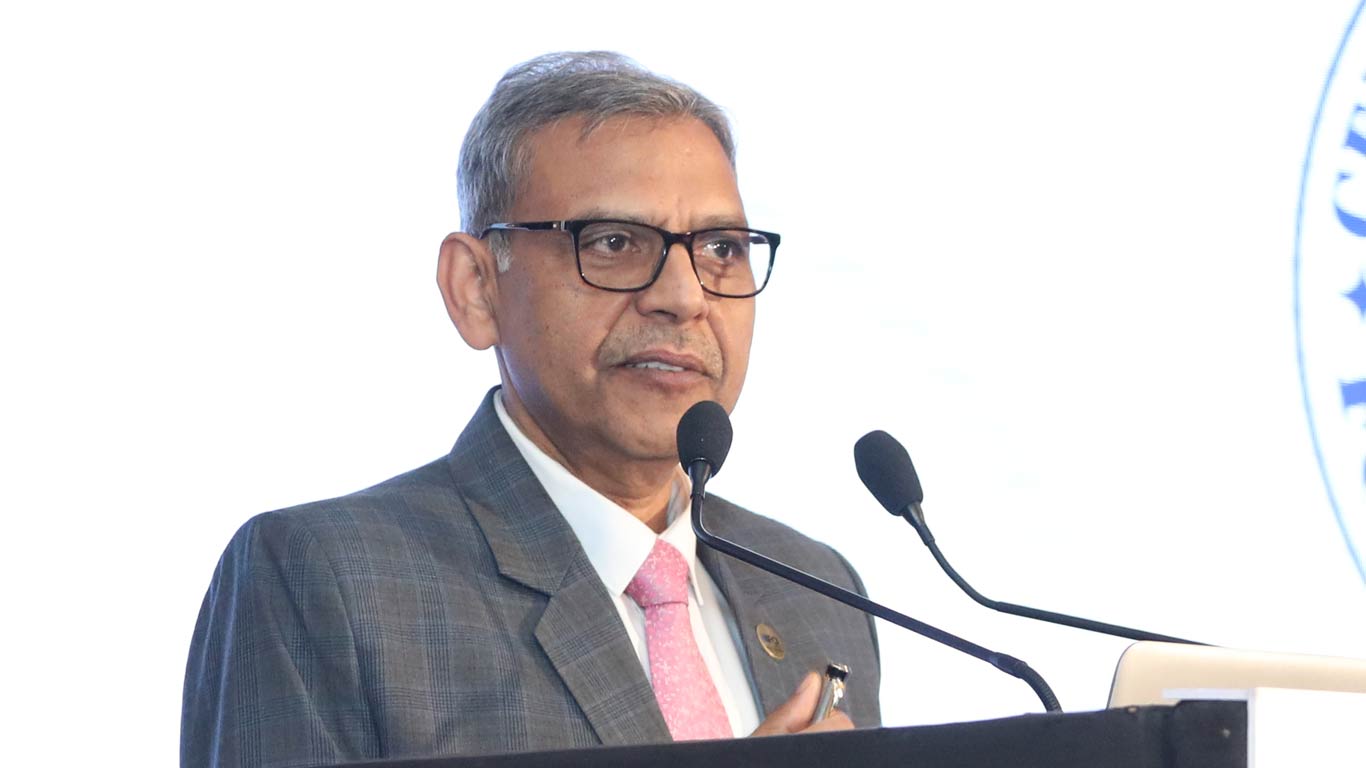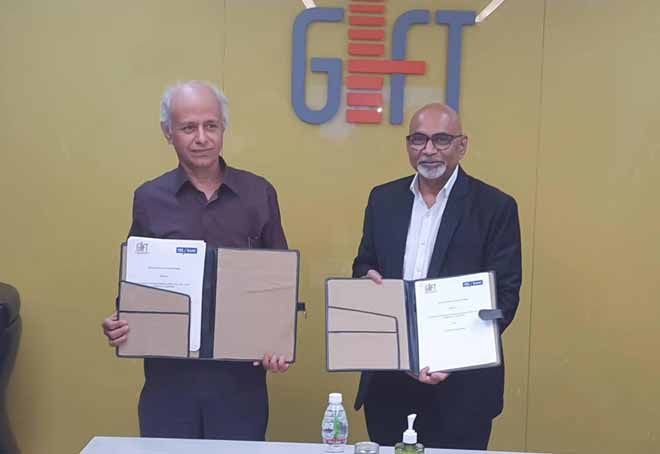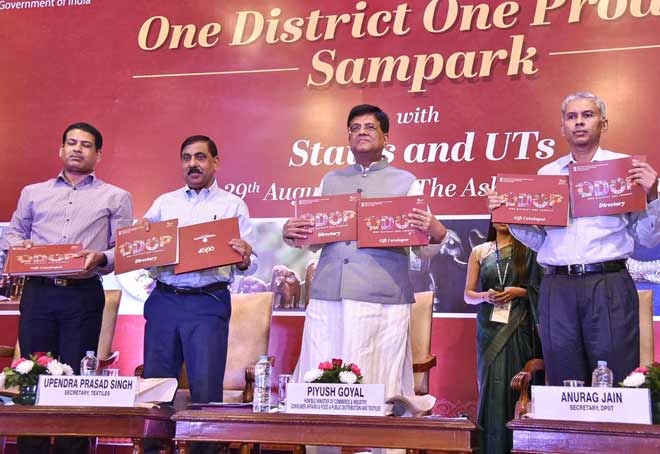Golden fibre making inroads into road construction
Updated: Apr 24, 2013 02:54:43pm

New Delhi, Apr 24 (KNN) Images that come to our mind when we hear about coir are traditional items like mats, baskets and ropes; but that is not the case anymore.
With the changing times and growing charm for eco-friendly products, the golden fibre is finding new applications and is also being preferred in road construction.
With increasing deforestation affecting the environment, biodegradable geotextiles are increasingly being used in the construction of roads.
The major reasons for increased use of the natural fibre are sustainability and cost-effectiveness.
Coir (coconut fibre) geotextiles are a popular solution for erosion control, slope stabilisation and bioengineering, due to the fabric's substantial mechanical strength.
Classified as woven, meshes, nets and non-wovens, coir lasts about 3 to 5 years depending on the fabric weight. It also degrades into humus, thus, enriching the soil.
Coir Geotextiles when used on soft soil for construction of village roads have been found to perform very well as reinforcement, filter, drainage and separation materials in comparison to the conventionally used materials like synthetics, cement, lime, etc.
The National Rural Roads Development Agency (NRRDA) has approved Central Coir Research Institute (CCRI) as a nodal institute for application of Coir Geotextiles in construction of rural roads.
Indian Roads Congress (IRC), New Delhi has also given accreditation for the use of Coir Geotextiles in the roads for a period of 2 years with effect from 18 April, 2011.
For evaluation of its effectiveness, inter-alia a collaborative project has been initiated by the Central Coir Research Institute with the National Institute of Technology, Calicut with the in-principle approval of the Airports Authority of India.
The government has already decided to use coir geotextiles for construction of rural roads in nine states, under the Prime Minister's Gram Sadak Yojana (Bharat Nirman). In the future, the project is likely to be extended to all 28 states of the country.
Given the popularity of the golden fibre in construction of roads, the coir industry may face problems in catering to the huge likely demands unless adequate measures are taken by the industry to have a decentralised production infrastructure to cater to the massive requirements.
One of the solutions to this could be by taking advantage of the Anugraha loom developed by the CCRI as the technique will come handy for development of production infrastructure for manufacturing it.
With the initiatives of the Coir Board, coir sector today is a supplier of geotextiles. The Board is a statutory body established by the government under a legislation enacted by the Parliament namely, Coir Industry Act 1953, for the promotion and development of coir industry in India.
To promote this segment, the Board has also established a testing laboratory for coir geotextiles at the Central Coir Research Institute, Kalavoor.
Geotextiles made out of coir are ideally suited for low-cost applications because coir is available in abundance. Therefore, there is enough scope to enhance the application. Coir fibres resemble the wood fibres in terms of physical properties and chemical composition.
Geotextiles and its related products have many applications and currently support many civil engineering applications including roads, airfields, railroads, embankments, retaining structures, reservoirs, canals, dams, bank protection, coastal engineering and construction site silt fences.
Usually geotextiles are placed at the tension surface to strengthen the soil. They are also used for sand dune armouring to protect upland coastal property from storm surge, wave action and flooding.
Besides, they promotes new vegetation by absorbing water and preventing top soil from drying out. The golden fibre is a 100 per cent organic naturally occurring fibre from a renewable source obtained from coconut husk.
The advantage of coir is that it is not only hard but strongest among all natural fibres, which can be spun and woven into different types of mattings.
Alleppey (Alappuzha) is the nerve centre of Kerala's famous coir industry where one can see coconut husks being beaten into fibre for making beautiful mats and other coir products.
Both men and women are actively involved in the production of coir in Kerala. While women are mainly involved in the yarn spinning sector, men are often engaged in the product-weaving sector. Coir Industry enjoys the status of the largest Cottage Industry in Kerala, giving employment to over a million people.
Indian coir industry has been fortunate to get a boost in the form of the ever increasing awareness about eco-protection. The eco-friendly quality of coir will help it to hold its ground even as it battles competition from synthetic fibres in today’s developing world.
The coir Industry in India has a strong position in export orientation since several decades.
However, the pattern of exports and its product mix has changed drastically. With more emphasis on value-added products, the coir sector witnessed a significant change in the total volume and value of exports.
At present, coir and its products from India are exported to more than 80 countries and the US is the single largest market with a share of more than 40 per cent in the total export. European countries together share more than 41 per cent of the exports.
However, the sector has been confronted with a number of problems such as lack of access to timely and affordable credit, absence of innovative channels of financing, low-level of technology adoption, poor brand building and marketing, low-level of innovation and low penetration of ICT to name a few.
During the 12th Five-Year Plan, the coir sector has a vision of acquiring new dimensions by way of following broad interventions : -
Creation of husk collection banks is essential, to ensure optimum utilisation of raw-material. Once it is set up, the present utilisation level of coconut husks at 40 per cent could be enhanced to 60 per cent.
Modernising the traditional processes of spinning and weaving by eliminating drudgery and facilitating women to operate the machines.
Enhancement of the present insurance scheme for providing compensation for accidental death and partial/permanent disabilities along with introducing a new scheme for health cover to coir workers to be undertaken.
The technologies/machinery items developed by the research institutes to be demonstrated and transferred to the grassroots level of the coir industry through appropriate extension work.
Technological interventions to be made through appropriate schemes for upgradation of quality of coir and its products.
Certification of Eco-Mark to be obtained for coir and its products, besides promoting it widely in the international market.
Coir Mark Scheme to be strengthened by extending the coverage of the scheme to the entire range of coir products consigned to the domestic market. (PIB-KNN)











